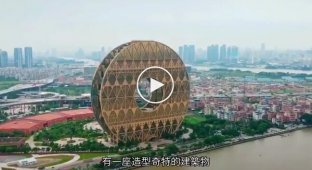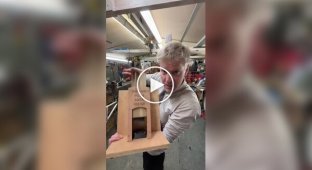The tallest building in the world printed on a 3D printer was presented in Switzerland (8 photos + 1 video)
A whimsical white tower stands out against the backdrop of Swiss Alpine cottages. It is the tallest 3D-printed building in the world, standing at 30 metres. 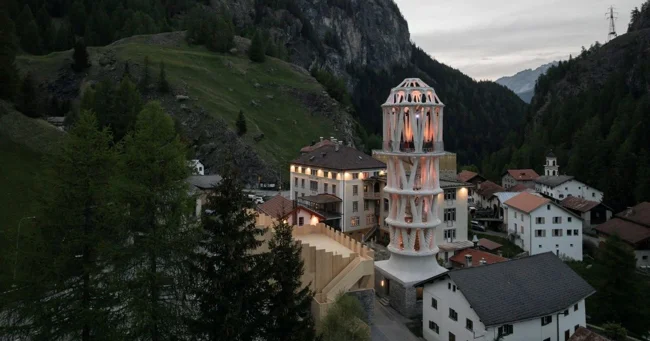
The Tor Alva (White Tower) in the small village of Mulegns has become a tourist attraction and cultural centre.
The tower resembles a layer cake, paying homage to the culinary traditions of the region, and is also inspired by filigree, a fine metalworking technique used in jewellery.
Giovanni Netzer, founder of the Origen cultural foundation, which designed and built the tower in partnership with ETH Zurich, called it a “technical triumph.”
“It inspires the construction sector, supports sustainable tourism and offers a new cultural space,” Netzer said.
The tower has been open for tours since May 20, and will host theatrical performances in July.
At the very top is a domed theater, a performance space described as offering stunning views of the mountainous landscape.
The new landmark will serve as a cultural center and revitalize a village threatened with extinction, according to ETH Zurich.
Only about a dozen residents remain in Mulegns. In 1900, 140 people lived here, in 1980 - 50, and in 2000 - 30.
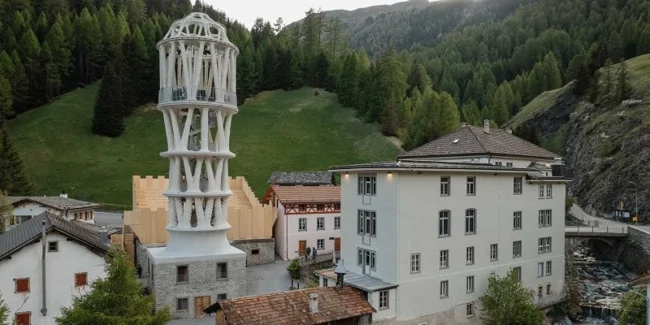
The structure, which is a "symbiosis" of "architecture, culture and science", consists of 32 unique columns made using 3D printing.
A special concrete mixture was used, which was distributed layer by layer by robots. The composition, developed by Professor Robert Flatt at the Institute of Building Materials at ETH Zurich, had to be soft enough to hold together complex shapes, and harden quickly enough to support subsequent layers.
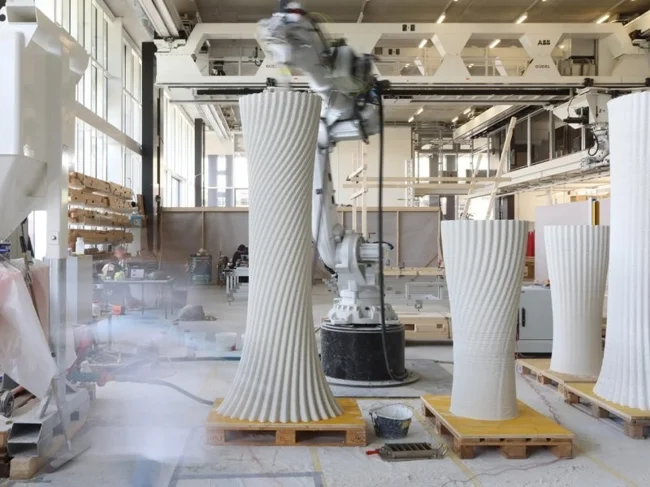

The columns took five months to print at ETH Hönggerberg Campus on the outskirts of Zurich. The pieces were then transported to Mulegns and assembled on top of a building previously used as a forge.
"The White Tower is impressive in its architecture and bold use of technology. It demonstrates how computational design and digital manufacturing can transform architecture and construction. 3D printing opens up new horizons in architecture. It allows for bold and unconventional ideas to be realized, creating unique shapes and contours,” the experts note.

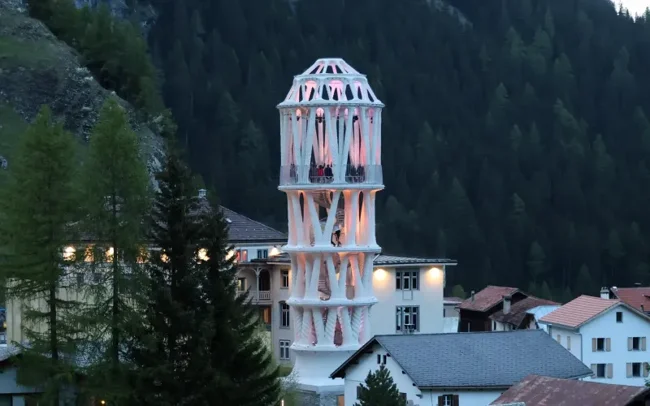

It is not known how much was spent, although the cost of similar projects exceeds 1 million francs, according to Concrete Connect.
Mulegns will not be the permanent home of Tor Alva. Five years later, in 2030, the tower will be dismantled and moved. By then, the population is expected to have recovered.
The Alpine village flourished in the 19th century. Emigrant pastry chefs built luxurious villas upon their return home, and hotel pioneers developed tourism, attracting more and more visitors.













